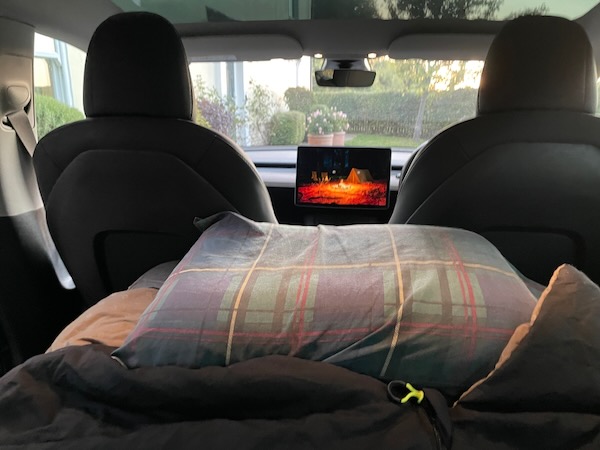Paul Graham is a writer I’ve long admired.
I remember hearing him speak at one of Tim O’Reilly’s original ‘Foo Camps’ in California, and, in that small group setting, he told us about some research he’d been doing, and was drawing some interesting conclusions – but he had stopped because he realised he’d never be able to publish it.
If it were true, it would have general interest, but he discovered (late in the process) that it would also apply disproportionately to certain ethnic groups and would therefore probably be branded as racist, even though he had had no knowledge of the connection with ethnicity when he started researching it. So he stopped working on it, and turned his mind to other things.
I wonder if he had this in mind when he wrote this excellent essay on the modern concept of heresy.
“A heresy”, he says, “is an opinion whose expression is treated like a crime — one that makes some people feel not merely that you’re mistaken, but that you should be punished.”
Here’s an excerpt:
For example, when someone calls a statement “x-ist,” they’re also implicitly saying that this is the end of the discussion. They do not, having said this, go on to consider whether the statement is true or not. Using such labels is the conversational equivalent of signalling an exception. That’s one of the reasons they’re used: to end a discussion.
If you find yourself talking to someone who uses these labels a lot, it might be worthwhile to ask them explicitly if they believe any babies are being thrown out with the bathwater. Can a statement be x-ist, for whatever value of x, and also true? If the answer is yes, then they’re admitting to banning the truth. That’s obvious enough that I’d guess most would answer no. But if they answer no, it’s easy to show that they’re mistaken, and that in practice such labels are applied to statements regardless of their truth or falsity.
The clearest evidence of this is that whether a statement is considered x-ist often depends on who said it. Truth doesn’t work that way. The same statement can’t be true when one person says it, but x-ist, and therefore false, when another person does.
It’s nicely written, and he very carefully avoids mentioning any specific examples of modern ‘heresies’, because, “I want this essay to work in the future, not just now.”
Worth reading and considering carefully.
Thanks to John Naughton for the link.



Recent Comments